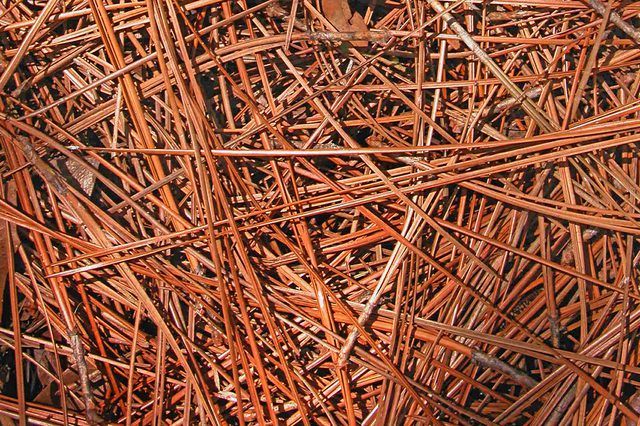Bulbs
Flower Basics
Flower Beds & Specialty Gardens
Flower Garden
Garden Furniture
Garden Gnomes
Garden Seeds
Garden Sheds
Garden Statues
Garden Tools & Supplies
Gardening Basics
Green & Organic
Groundcovers & Vines
Growing Annuals
Growing Basil
Growing Beans
Growing Berries
Growing Blueberries
Growing Cactus
Growing Corn
Growing Cotton
Growing Edibles
Growing Flowers
Growing Garlic
Growing Grapes
Growing Grass
Growing Herbs
Growing Jasmine
Growing Mint
Growing Mushrooms
Orchids
Growing Peanuts
Growing Perennials
Growing Plants
Growing Rosemary
Growing Roses
Growing Strawberries
Growing Sunflowers
Growing Thyme
Growing Tomatoes
Growing Tulips
Growing Vegetables
Herb Basics
Herb Garden
Indoor Growing
Landscaping Basics
Landscaping Patios
Landscaping Plants
Landscaping Shrubs
Landscaping Trees
Landscaping Walks & Pathways
Lawn Basics
Lawn Maintenance
Lawn Mowers
Lawn Ornaments
Lawn Planting
Lawn Tools
Outdoor Growing
Overall Landscape Planning
Pests, Weeds & Problems
Plant Basics
Rock Garden
Rose Garden
Shrubs
Soil
Specialty Gardens
Trees
Vegetable Garden
Yard Maintenance
How to Prepare Hostas for Winter
How to Prepare Hostas for Winter. Hostas (*Hosta spp.*), also called plantain lily, funkia or August lily are cool customers in the shade garden. These herbaceous perennials die back in fall and live through winter in a dormant state, only to grow again the following spring. Hostas have some simple fall grooming needs. If they grow in containers or...
Hostas (Hosta spp.), also called plantain lily, funkia or August lily are cool customers in the shade garden. These herbaceous perennials die back in fall and live through winter in a dormant state, only to grow again the following spring. Hostas have some simple fall grooming needs. If they grow in containers or gardens in warmer climates, you'll also want to tuck them in to maintain a consistent soil temperature.
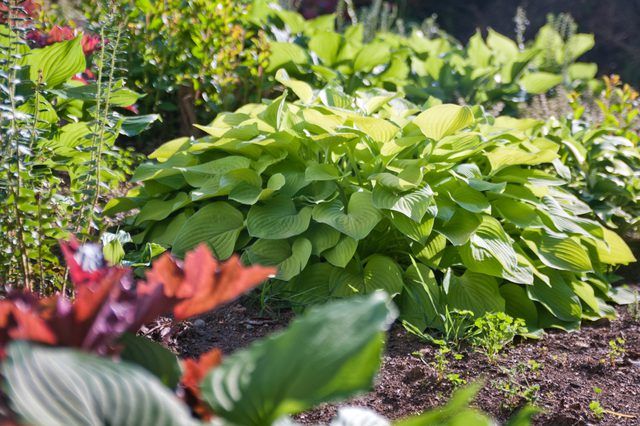
Hostas do best in dappled shade or with two to three hours of morning sun. A well-draining, organic soil that stays moist, never soggy keeps these woodland plants growing and healthy. Garden hostas grow in U.S. Department of Agriculture plant hardiness zones 4 through 8. A few extend past these limits. The old-fashioned August lily (Hosta plantanginea) grows in USDA zones 3 through 9 and Siebold's hostas (Hosta sieboldiana "Elegans") grow in USDA zones 4 through 9.
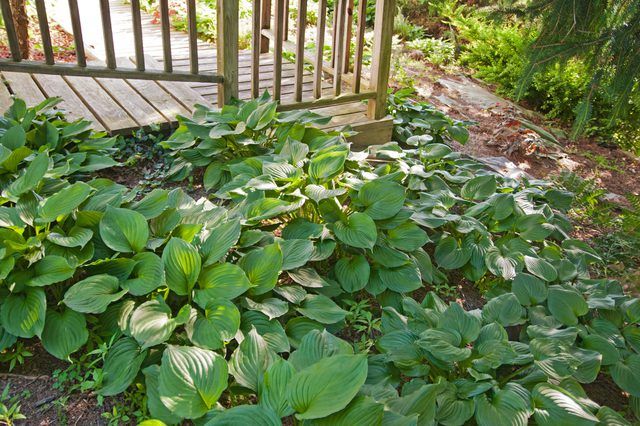
Trim dead leaves down to the ground in late fall to prevent crown rot and to discourage rodents and slugs from adopting the pile for winter shelter. Whenever you groom hostas, clean shears and wipe cutting surfaces, which can become pitted, with a half-and-half mixture of rubbing alcohol and water to guard against transmission of fungal infections or rots.
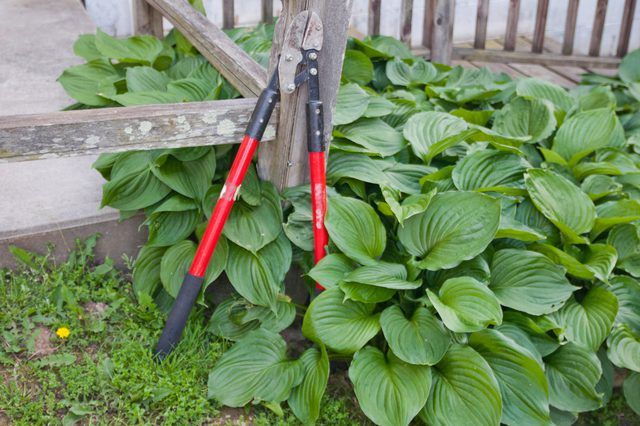
When air temperatures begin to drop below 50 degrees Fahrenheit at night, the outer leaves begin to droop and leaf production in the center of each crown stops. Eventually, all of the leaves will become desiccated and drop over. It's important for your hostas to continue to receive 1 inch of water throughout the fall, but if soil deficiencies necessitate fertilizing hostas, stop feeding them in July or early August or you'll force them to continue to produce leaves. This growth will be pale and tender, making the whole plant -- including its crown and roots -- susceptible to frost damage. Wait until leaves fall over to groom hostas because they are needed after flowering to produce food for next year's growth.
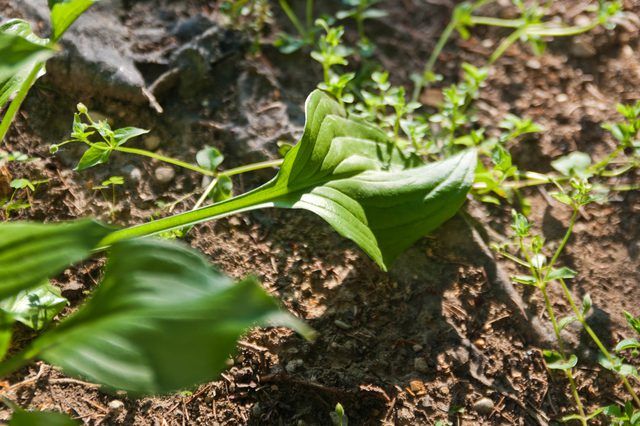
If you have the space, sink potted hosta plants into the soil to keep the soil temperature from fluctuating. If the pots cannot be buried, move the plant containers into a sheltered area once you've trimmed the plants. Put them against a wall under an overhang or in an unheated building so the pots can't collect water over winter.
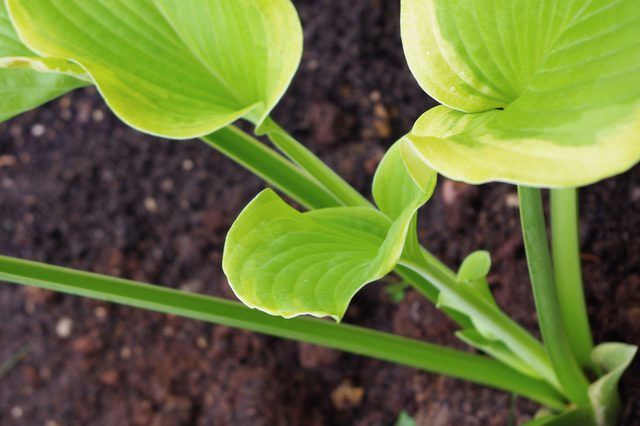
In USDA zones 6 through 9 or if your hostas are in containers, mulch hostas with a 3- to 4-inch layer of pine straw to even out soil temperatures. All hostas grow and flower best when subjected to a period of freezing or near-freezing temperatures during their dormant periods. An Auburn University study found that, although the number of days or weeks varies by variety and cultivar, chilling encourages earlier emergence and better growth. Mulching keeps soil from heating and cooling each day and night, interrupting chilling periods. Mulch is not necessary in USDA zones below 6 where winter temperatures stay well below freezing for months.
